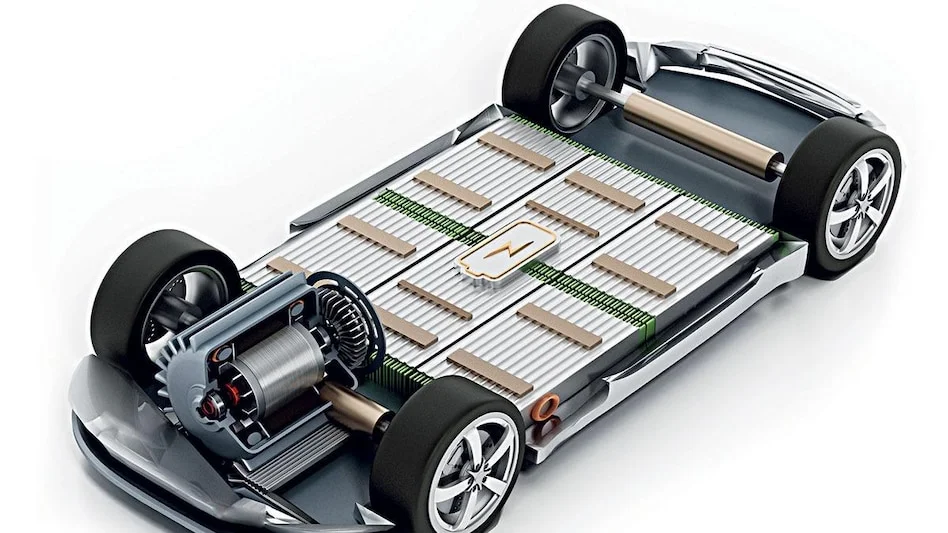The Ultimate EV Battery Guide: Maximize Performance, Lifespan, and Efficiency
The battery is the heart of
any electric vehicle (EV), and understanding how to care for it is crucial for
maximizing performance and longevity. In this comprehensive guide, we’ll cover
everything you need to know about EV batteries, from how they work
to tips for extending their lifespan.
1. How EV
Batteries Work
EV batteries are
typically lithium-ion batteries, known for their high energy
density and long life. Here’s
a quick overview:
- Chemistry: Lithium-ion batteries use lithium ions to store and release
energy.
- Capacity: Measured in kilowatt-hours (kWh), which determines the car’s
range.
- Management System: EVs have a Battery Management System (BMS) to monitor and
optimize performance.
2. Factors
That Affect EV Battery Life
Several factors can impact the
lifespan and efficiency of your EV battery:
- Temperature: Extreme heat or cold can reduce battery performance.
- Charging Habits: Frequent fast charging or charging to 100% can degrade the
battery over time.
- Driving Style: Aggressive driving can increase wear and tear on the battery.
3. Tips to
Extend EV Battery Life
Follow these tips to keep your
EV battery in top condition:
- Avoid Full Charges: Charge to 80-90% for daily use to reduce stress on the battery.
- Use Level 2 Charging: For regular use, Level 2 chargers are gentler on the battery than
fast chargers.
- Pre-Condition Your Battery: Warm up the battery before charging in cold weather to improve
efficiency.
- Park in the Shade: Protect your battery from extreme heat by parking in a garage or
shaded area.
4.
Understanding Battery Degradation
All batteries degrade over
time, but you can slow the process:
- Normal Degradation: Most EV batteries lose about 2-3% of their capacity per year.
- Warranty Coverage: Many manufacturers offer warranties that cover battery
degradation below a certain threshold (e.g., 70% capacity over 8 years).
- Replacement Costs: While rare, battery replacement can be expensive, so proper care
is essential.
5. Charging Best Practices
- Use Smart Chargers: These adjust charging rates based on battery health and
temperature.
- Avoid Frequent Fast Charging: Reserve fast charging for long trips to minimize wear.
- Monitor Charging Speed: Slower charging is generally better for long-term battery health.
6. Recycling
and Second Life for EV Batteries
- Recycling Programs: Many manufacturers offer battery recycling programs to recover
valuable materials.
- Second-Life Applications: Used EV batteries can be repurposed for energy storage in homes
or businesses.
Conclusion
Your EV battery is a critical
component that requires proper care to ensure optimal performance and
longevity. By following this EV Battery Guide, you can maximize
your battery’s lifespan, efficiency, and overall value. Remember, a
well-maintained battery means a more reliable and enjoyable driving experience!

